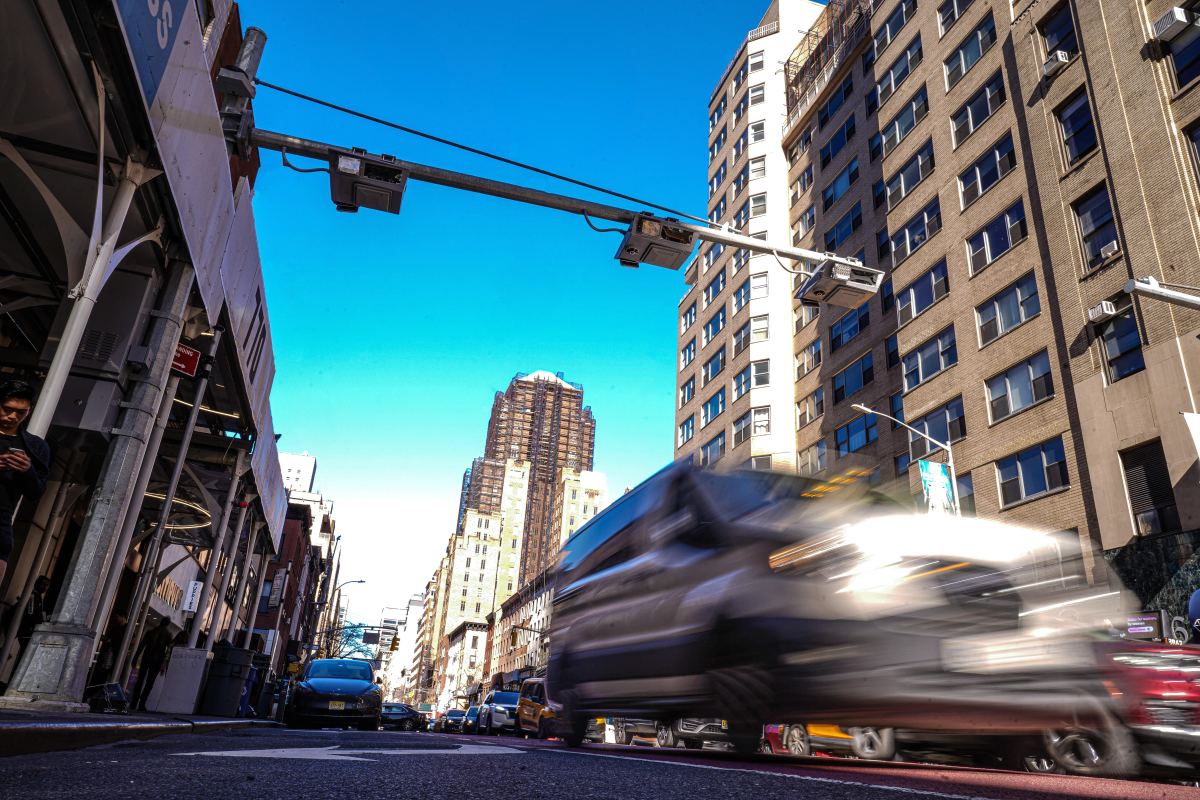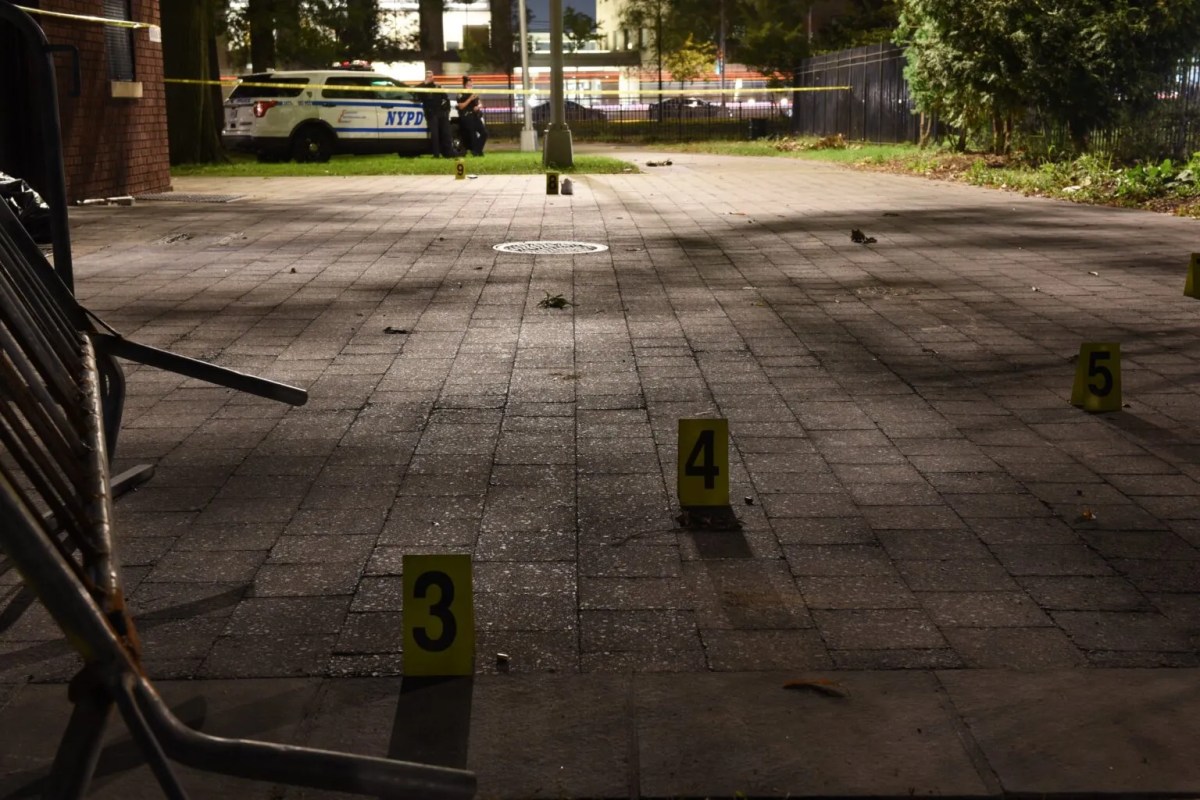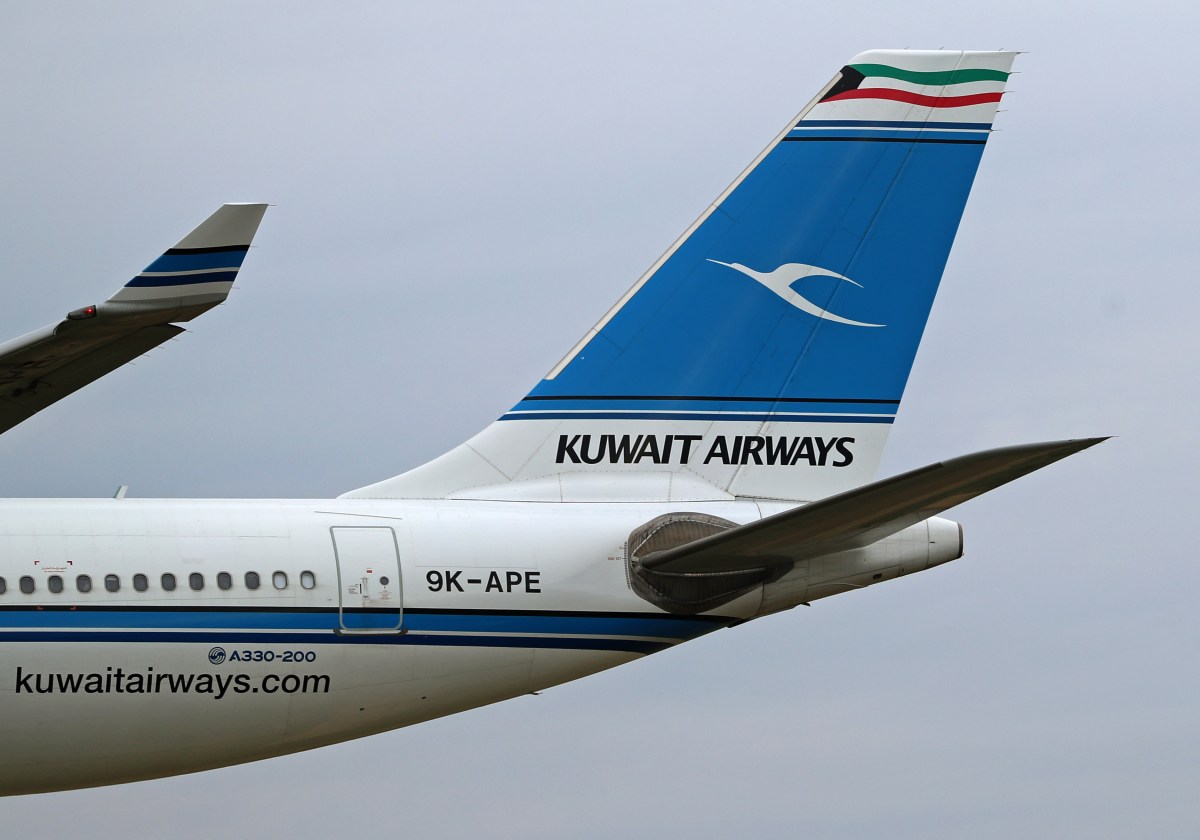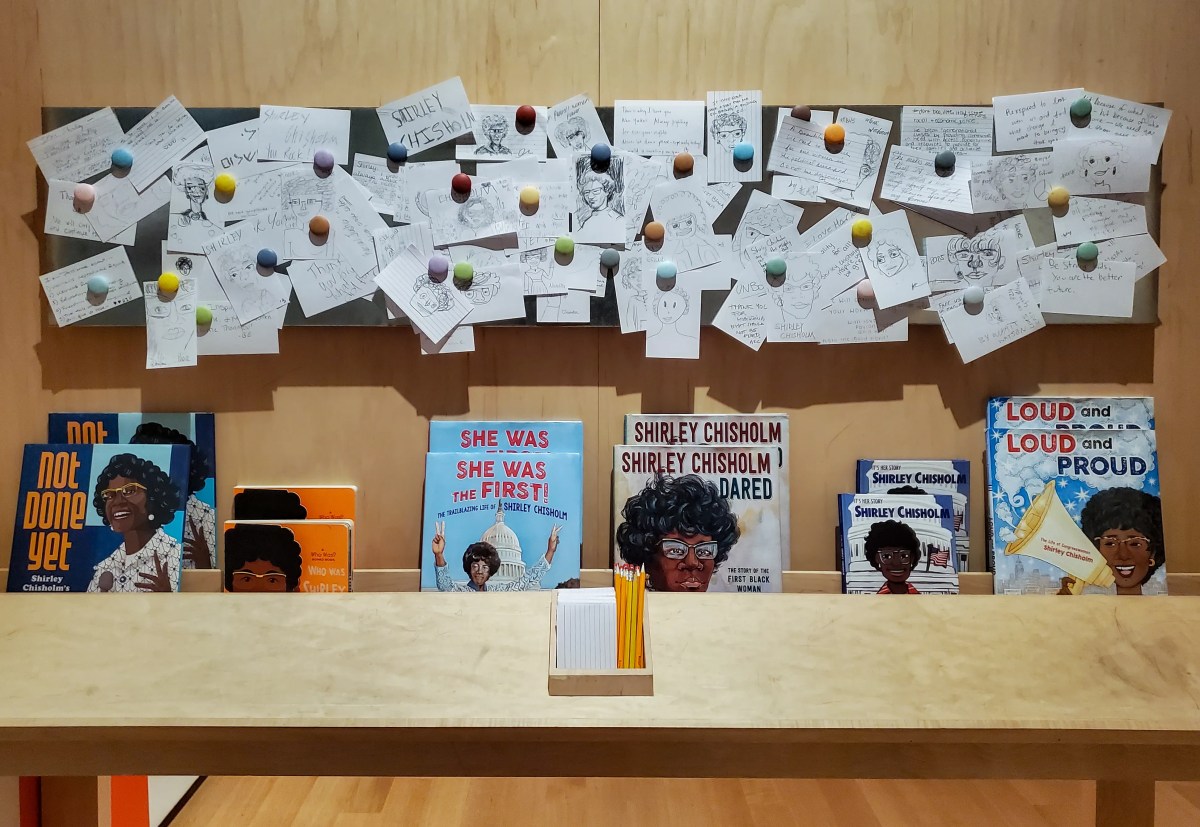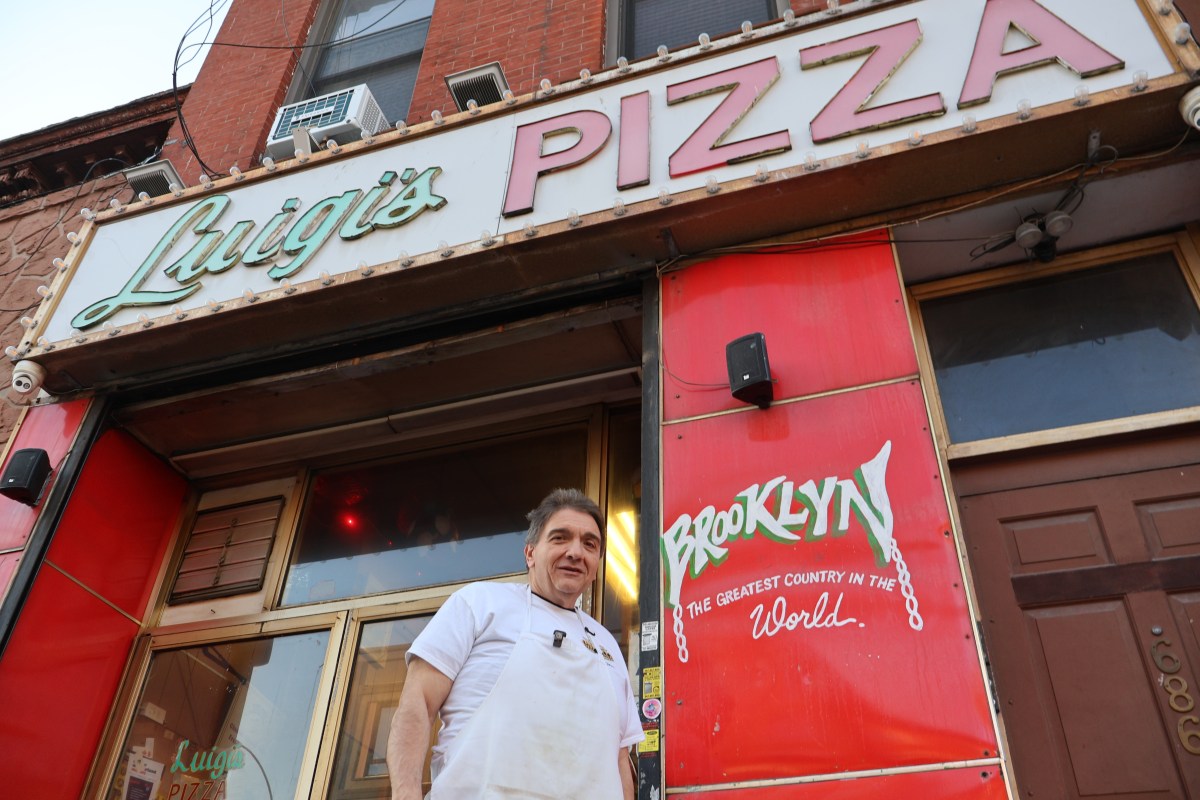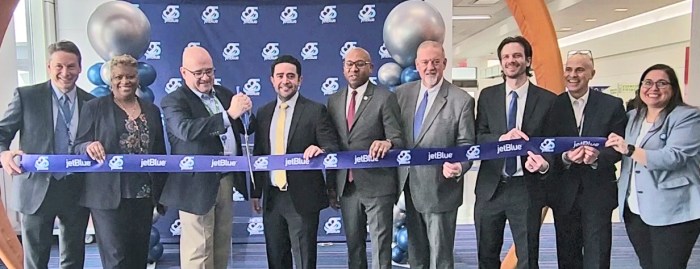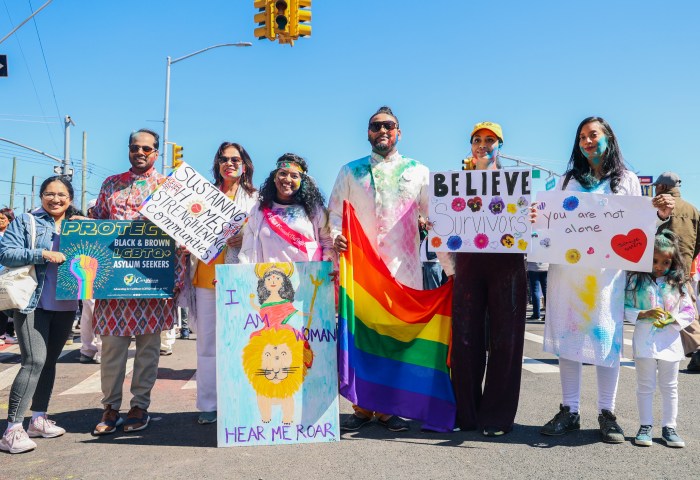The Federal Highway Administration’s final approval for the MTA’s now-shelved congestion pricing program gave plaudits to the tolling scheme which Gov. Kathy Hochul scuttled for the sake of easing economic costs to drivers.
On the contrary, the approval decision on June 14 seemed to indicate that congestion pricing would provide significant economic benefits, including “travel-time savings and travel-time reliability improvements, as well as reduced vehicle operating costs.”
In determining the final plan approved by the MTA in March would pose no significant impact on the environment, the feds have now eliminated the final roadblock for the toll to commence — save for the governor herself, who announced this month that she indefinitely put the plan on pause just weeks before it was due to be activated on June 30.
Nevertheless, the MTA hopes the federal approval will give Hochul second thoughts about the decision.
“We are pleased, and not surprised, the federal government has once again determined that congestion pricing will not adversely affect the environment, the economy, or environmental justice communities,” said Juliette Michaelson, the MTA’s deputy chief of external relations. “We remain ready and committed to work with our partners in government so New Yorkers can realize benefits of the congestion relief program.”
The final hurdle for congestion pricing is a document allowing the MTA to undertake a “Value Pricing Pilot Program” (VPPP). The feds, the MTA and the city and state Departments of Transportation must sign off on it before activating the plan, but Hochul has made clear that her Transportation Commissioner, Marie Therese Dominguez, will not sign it for the time being.
The MTA and both the city and state DOTs had all requested the FHWA continue with its “re-evaluation” of the program’s environmental bona fides even after the governor announced the pause. Hochul spokesperson John Lindsay said this will “keep all options available as discussions continue regarding next steps.”
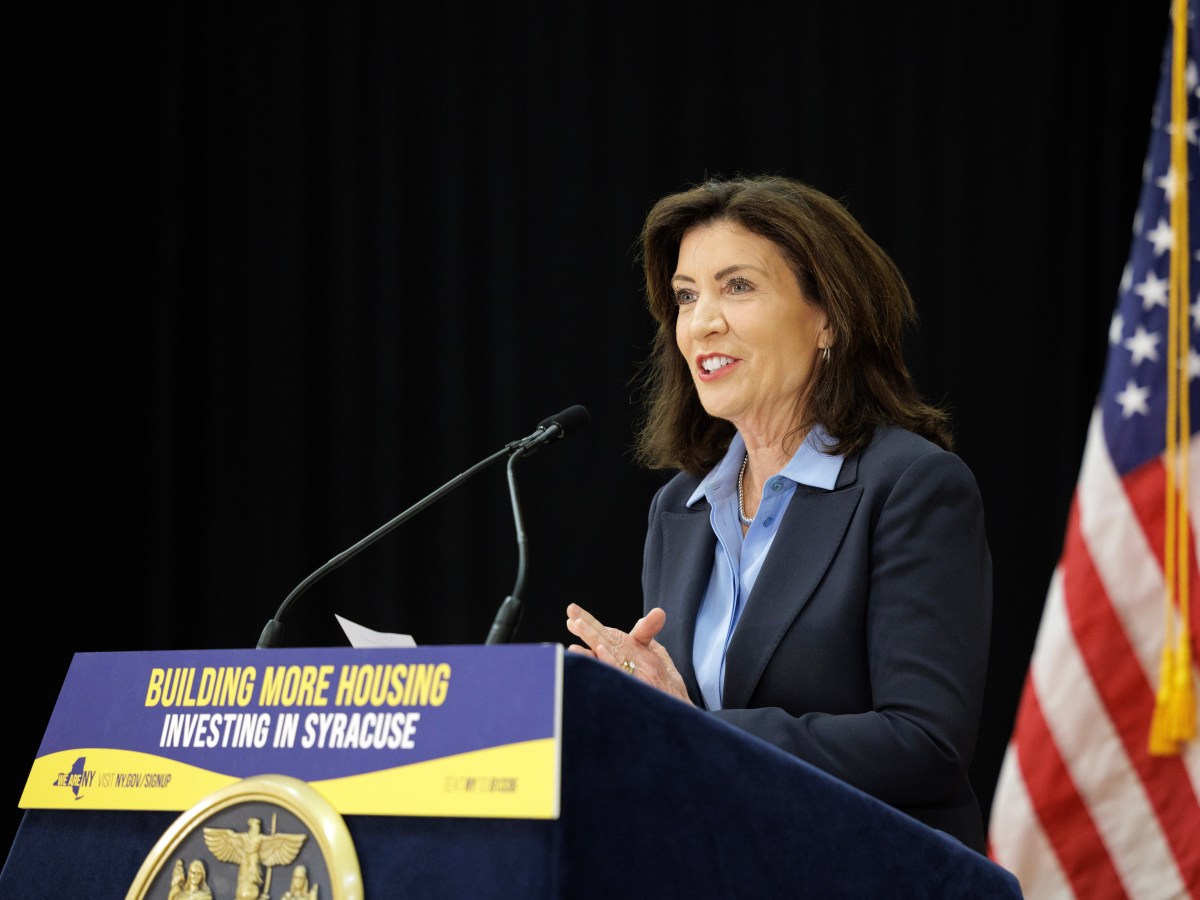
Reducing traffic, cleaning air
The FHWA approval indicates that congestion pricing — which would have charged most motorists $15 to enter Manhattan south of 60th Street — would reduce vehicle volumes in the region’s busiest area by 17%, with truck traffic expected to plummet by 55%.
This reduction in traffic volume, according to the approval, would lead to a slight improvement in air quality throughout the entire region, including 10 counties in New York State and two in New Jersey.
Overall, the feds say the final plan not only still doesn’t pose significant environmental impacts, but in fact also dispels some of the originally forecasted negative effects in the retooled plan that the MTA Board approved in March.
Where the plan could have caused an increase in vehicle volume, the MTA committed to some $330 million in mitigation efforts, including in four New Jersey cities deemed “environmental justice communities.” That undercut the core of New Jersey’s arguments in federal court seeking to overturn the program, where attorney Randy Mastro argued the feds did a shoddy job examining environmental impacts of the toll by ignoring New Jersey communities.
The lawsuit from New Jersey and various other plaintiffs to overturn the plan is still pending. For now, Hochul’s pause has opened the state up to litigation from the pro-toll camp: City Comptroller Brad Lander and a slew of legal experts and advocates say Hochul doesn’t have the authority to invalidate the original congestion pricing statute, and her actions could run afoul of various state environmental laws, plus the federal Americans With Disabilities Act.
They intend to file lawsuits should the congestion pricing plan not go into effect on June 30, as planned.
Hochul justified her decision to pause congestion pricing as an economic one, noting she had spoken to people in diners and elsewhere who said they could not afford to absorb another cost.
On the other hand, the FHWA approval indicated that congestion pricing would not only save time and money and reduce vehicle operation costs, it would also provide no adverse impacts on the labor force in any particular industry, including the taxi and for-hire vehicle industry. Costs of goods would be negligibly impacted.
Further, because the overwhelming majority of commuters arrive in Manhattan via mass transit, the toll “would affect only a small percentage of the overall workforce.”
Transit projects in limbo
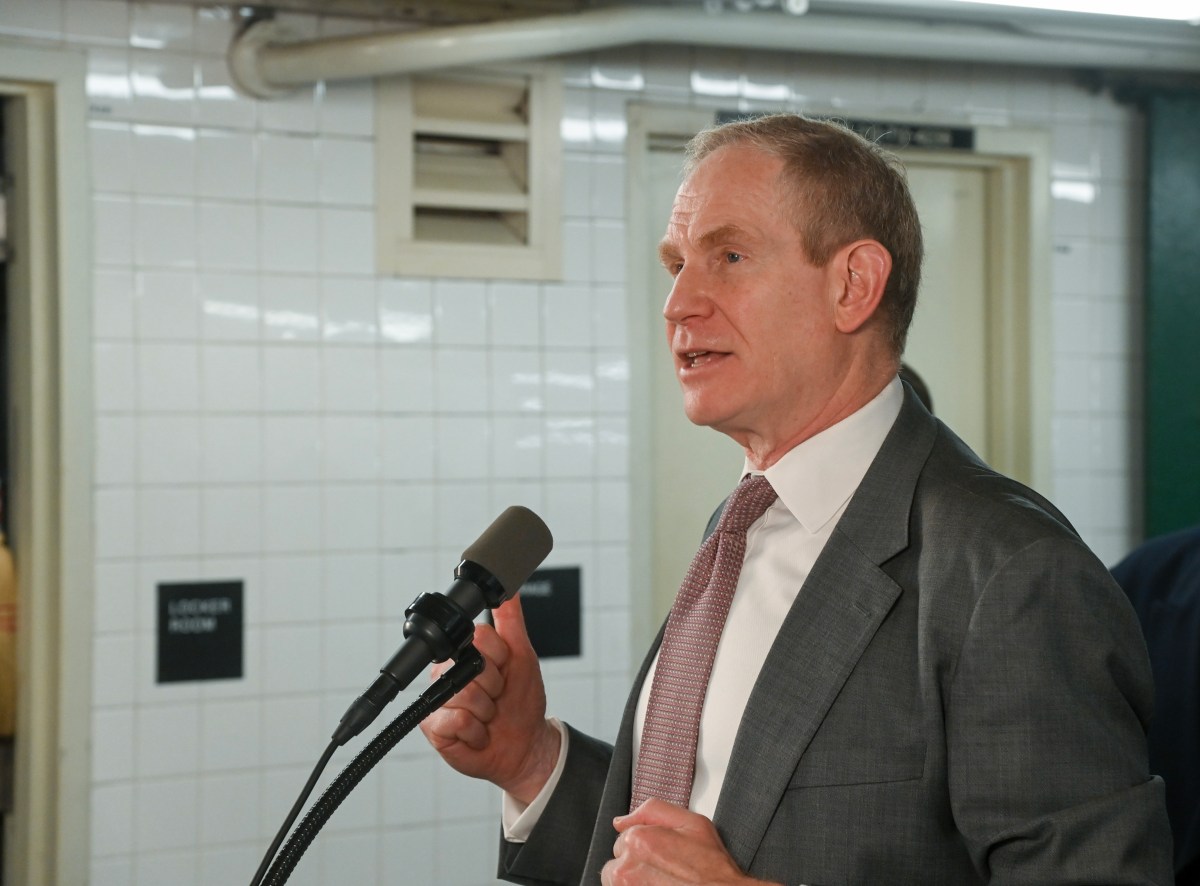
Janno Lieber, the head of the MTA, said last week that the agency will now have to “reprioritize and shrink” its capital plan to focus on keeping the system from “falling apart,” rather than modernizing and expanding it as previously planned.Marc A. Hermann / MTA
Meanwhile, the $15 billion the plan was to raise for mass transit improvements will evaporate into thin air if the tolling cameras are not turned on. That means big expansion projects like extending the Second Avenue Subway to East Harlem and the Interborough Express light rail between Brooklyn and Queens are on ice, as are less “sexy” but perhaps more important projects like modernizing Great Depression-era signals on two subway lines, buying electric buses, and building elevators to make subway stations accessible.
Janno Lieber, the head of the MTA, said last week that the agency will now have to “reprioritize and shrink” its capital plan to focus on keeping the system from “falling apart,” rather than modernizing and expanding it as previously planned.
Although the toll has polled poorly, Hochul’s decision to pause it has been highly controversial, especially among advocates for transit, the environment, and people with disabilities.
“The Federal Highway Administration’s reevaluation of the submitted tolling structure is more than validation that there are no significant impacts; it’s vindication against all the naysayers and doomsdayers who claim otherwise,” said Lisa Daglian, head of the Permanent Citizens Advisory Committee to the MTA. “It’s time for Governor Hochul to take stock of the facts, follow the law, and unpause the pause.”



